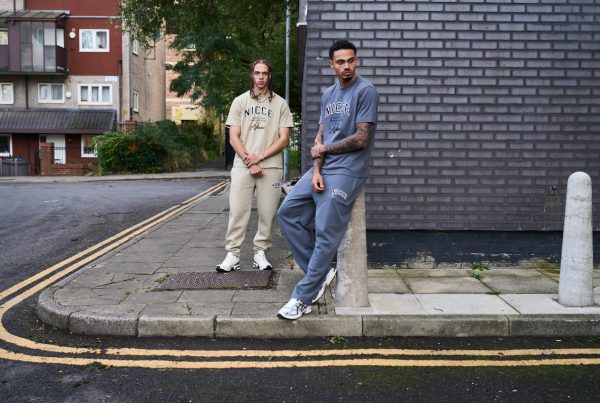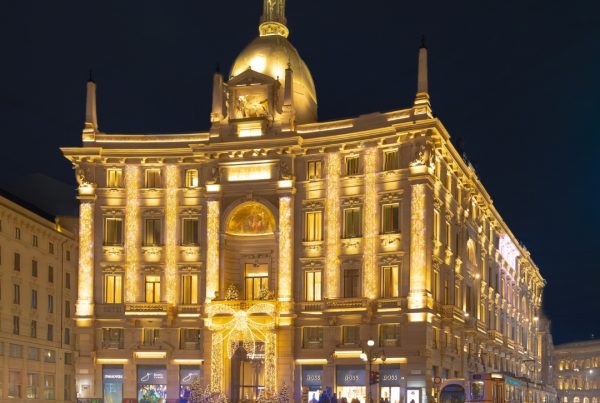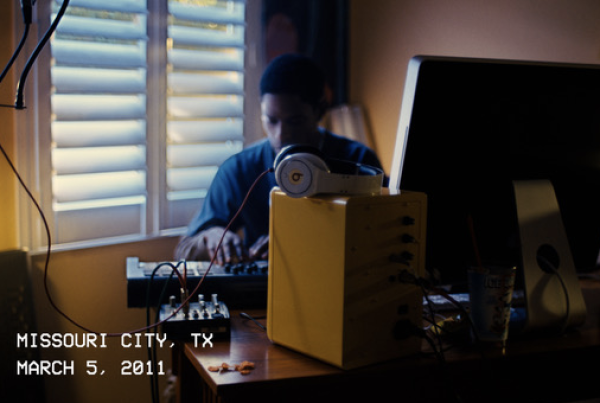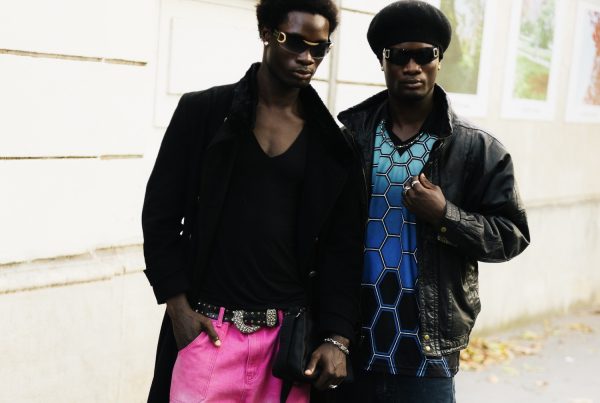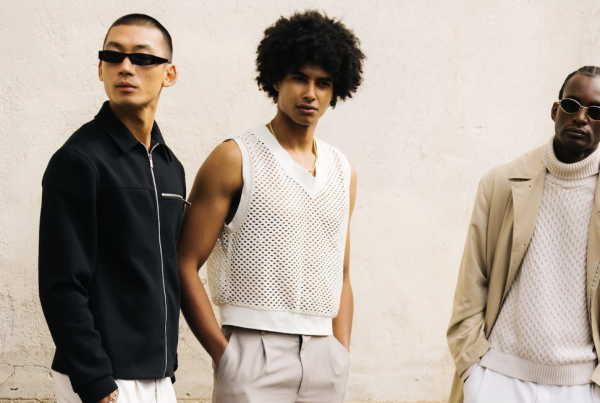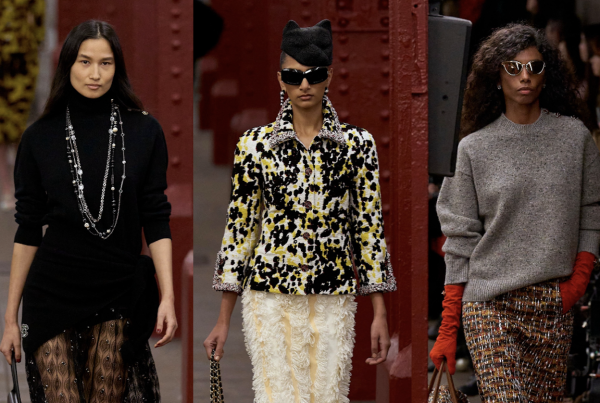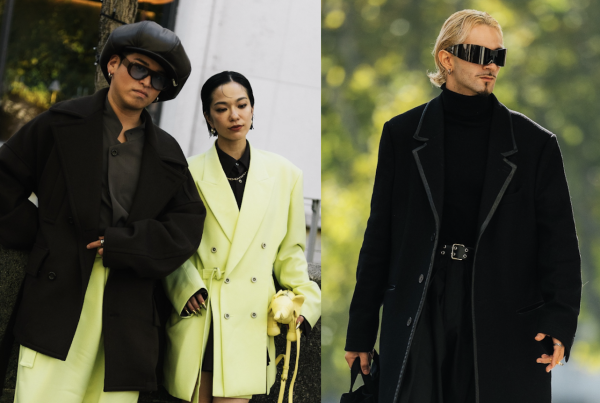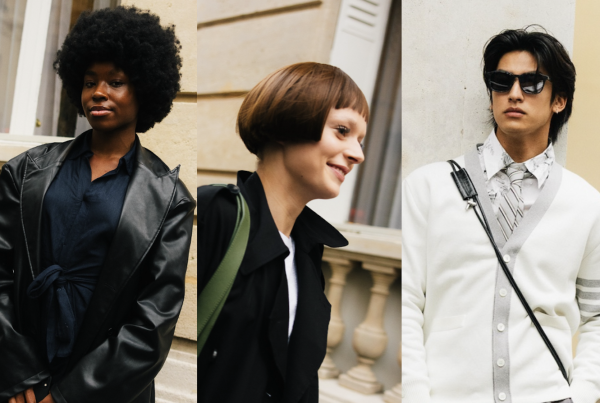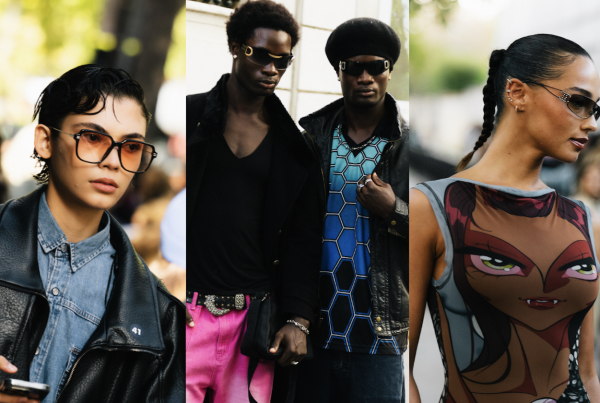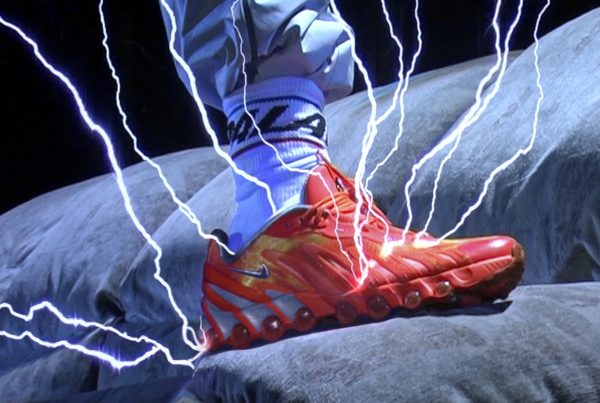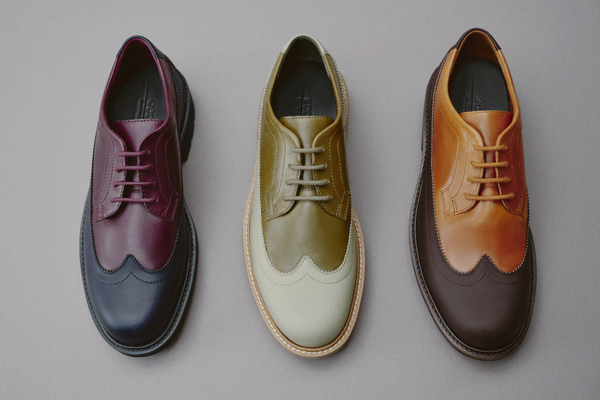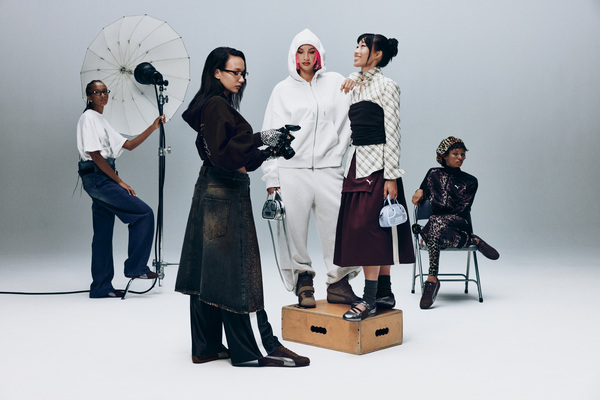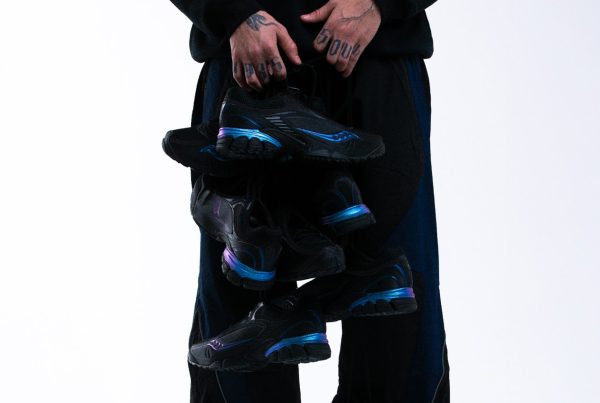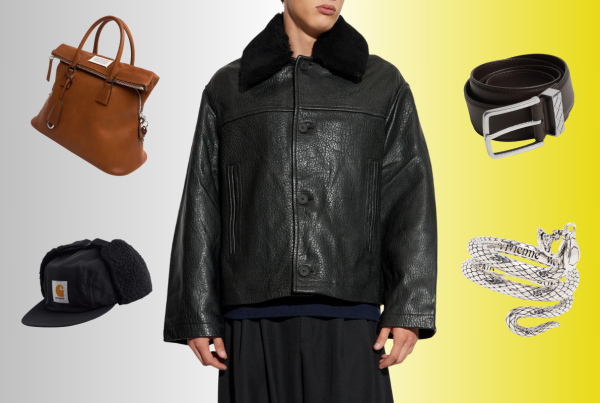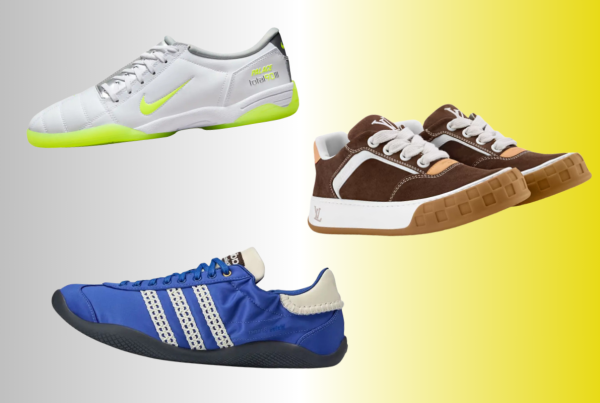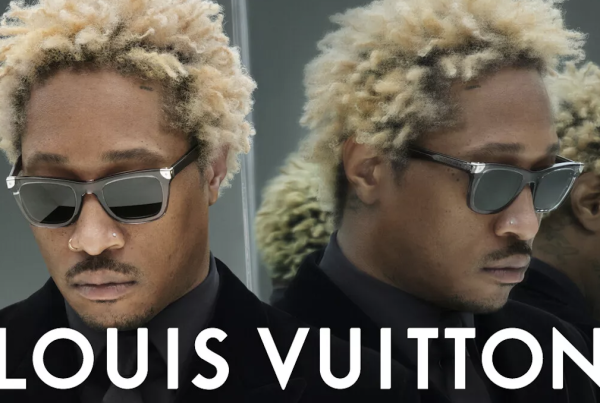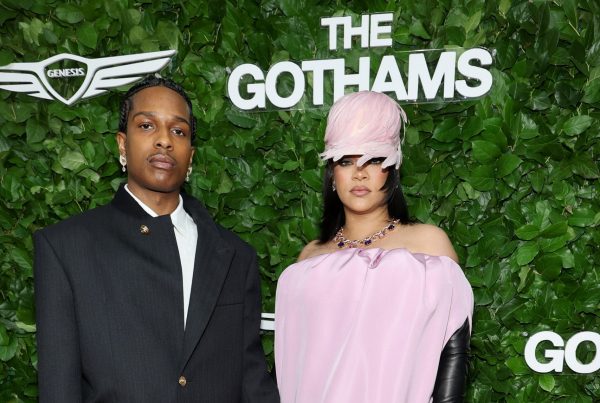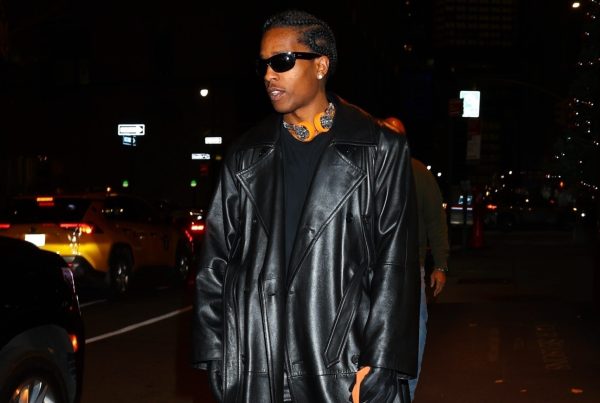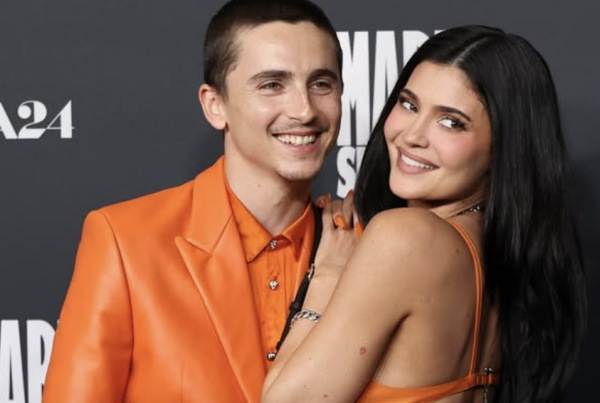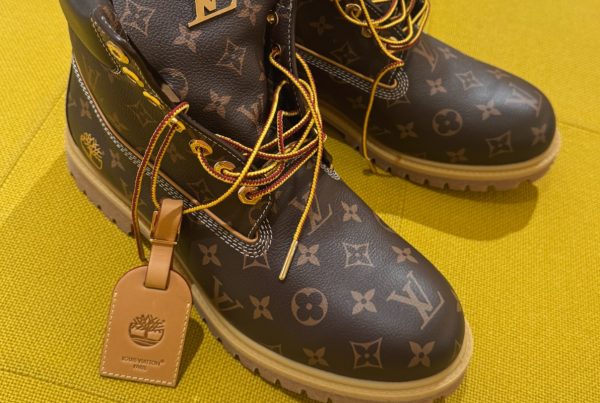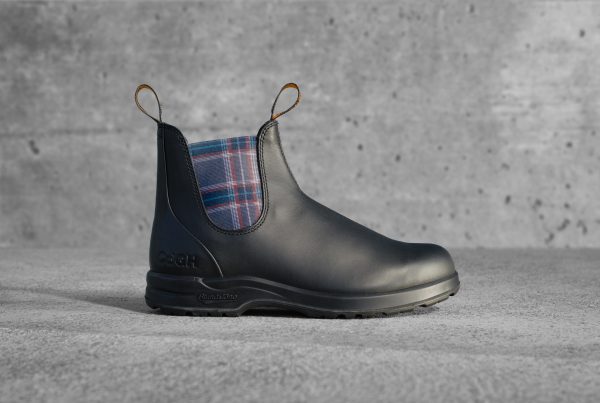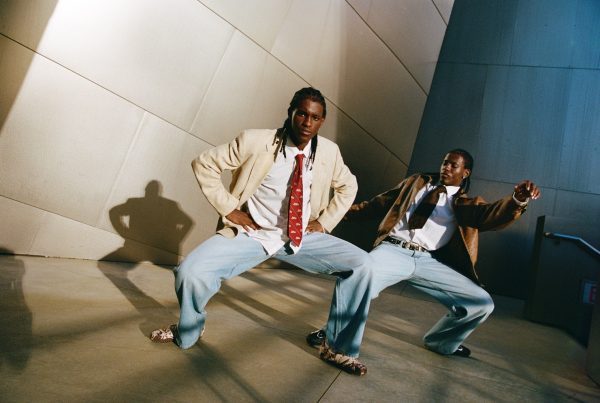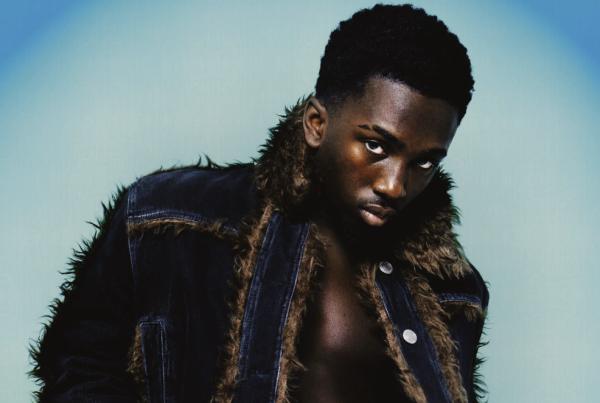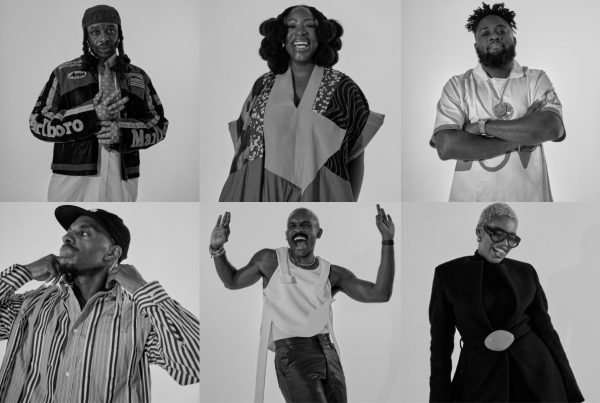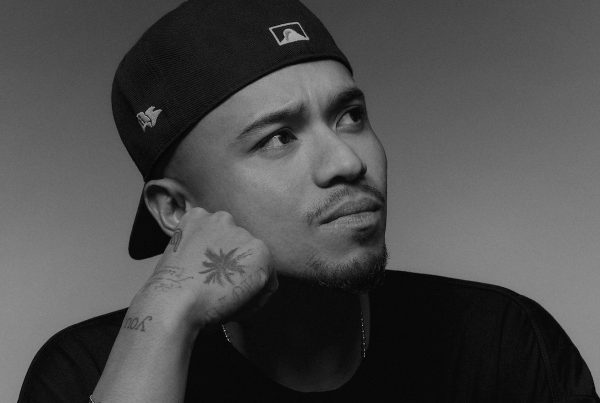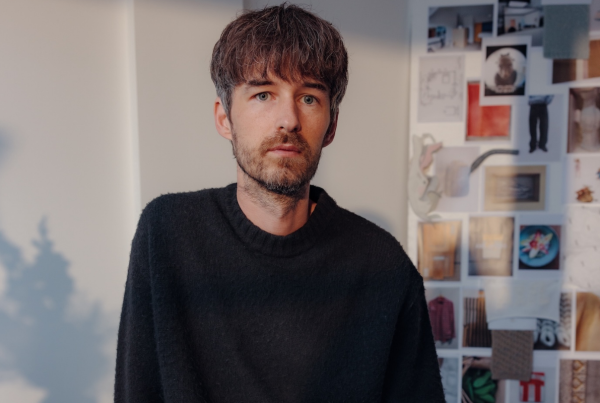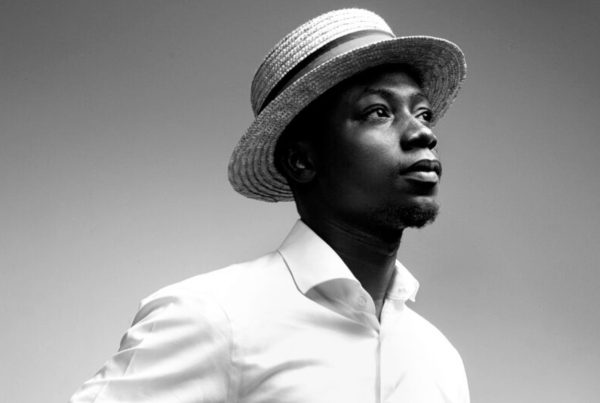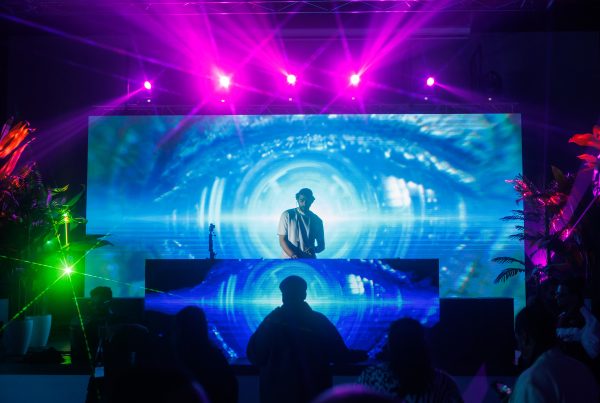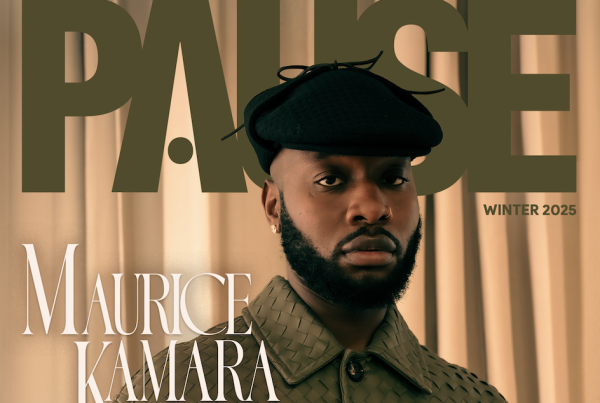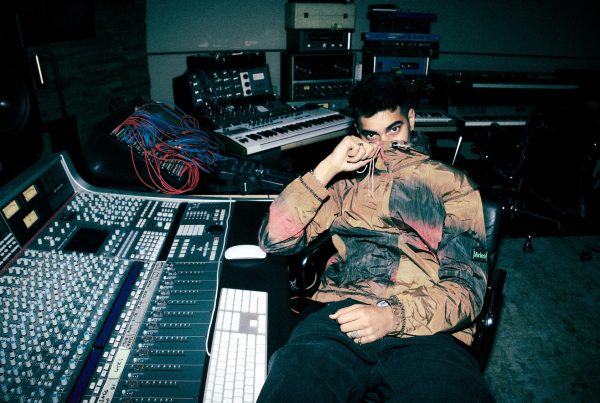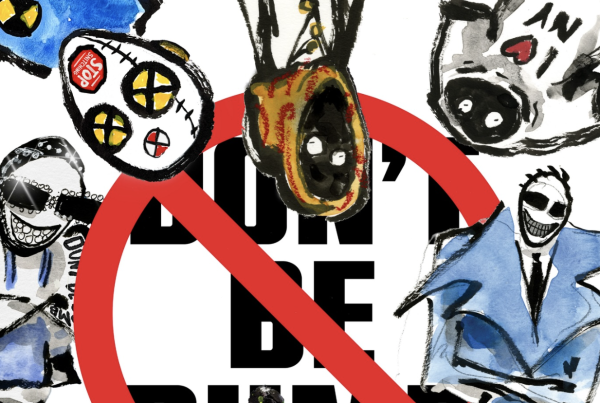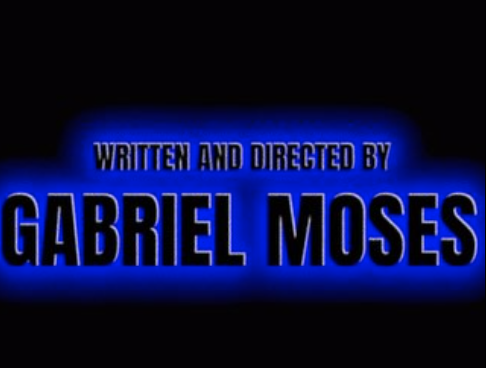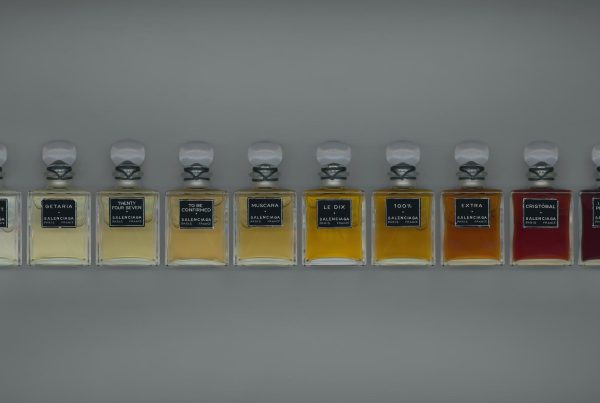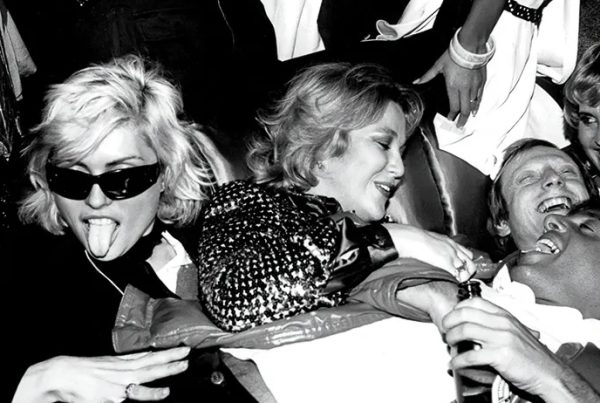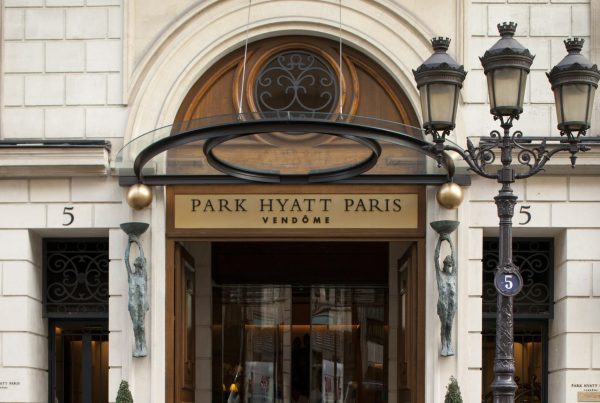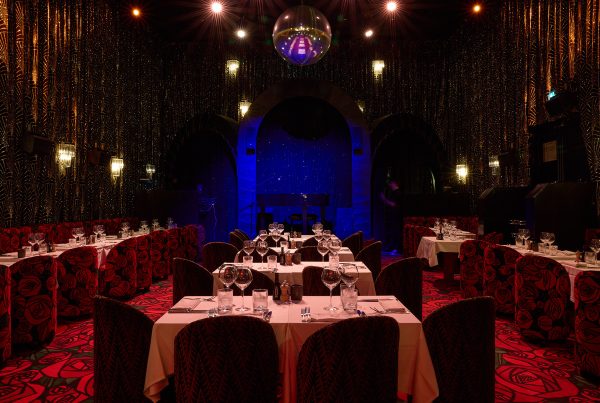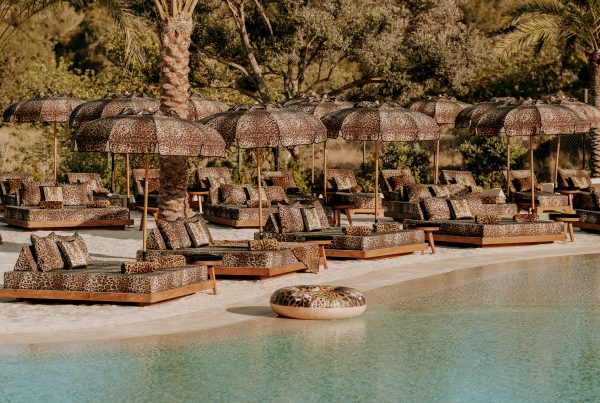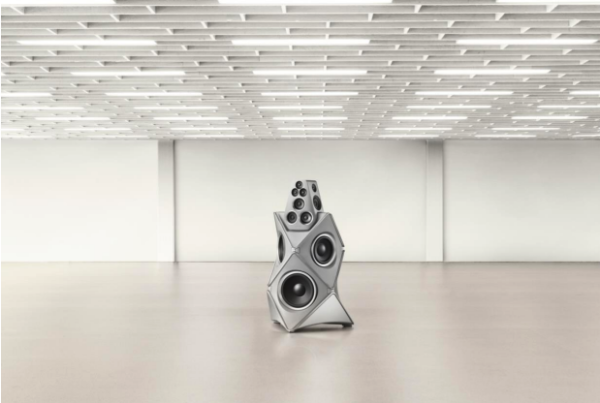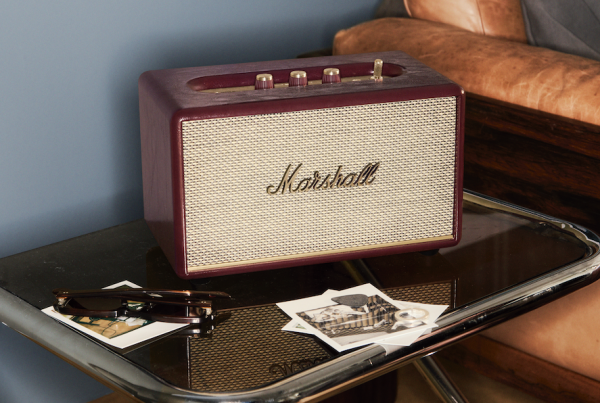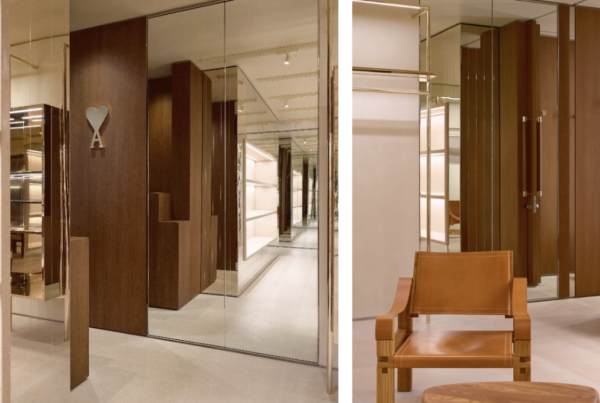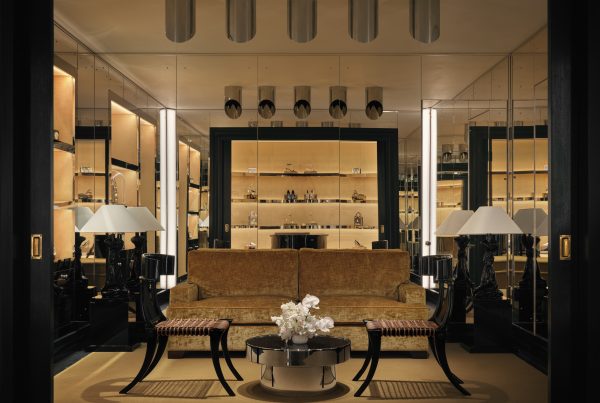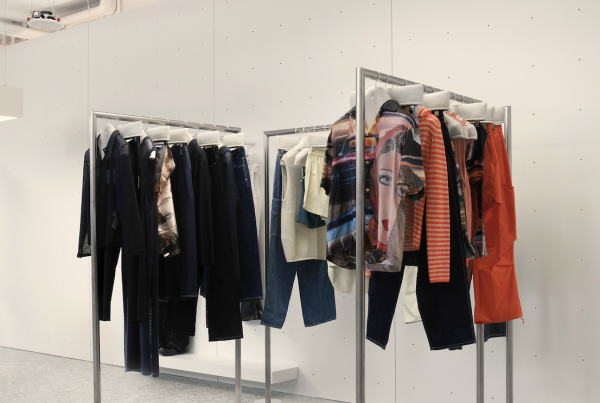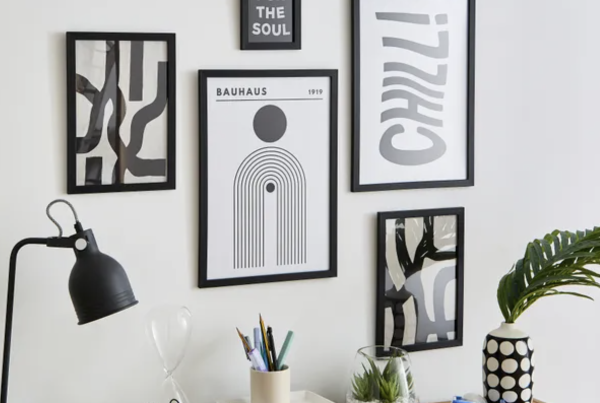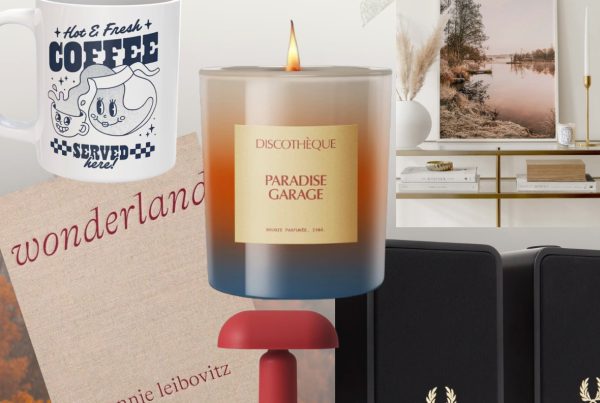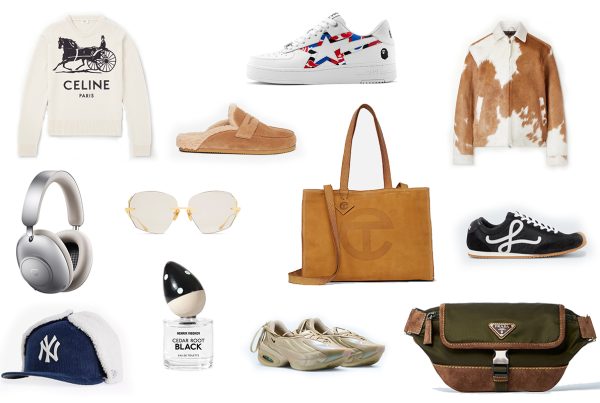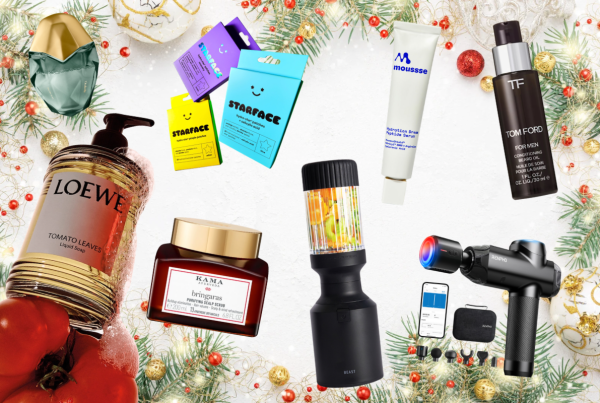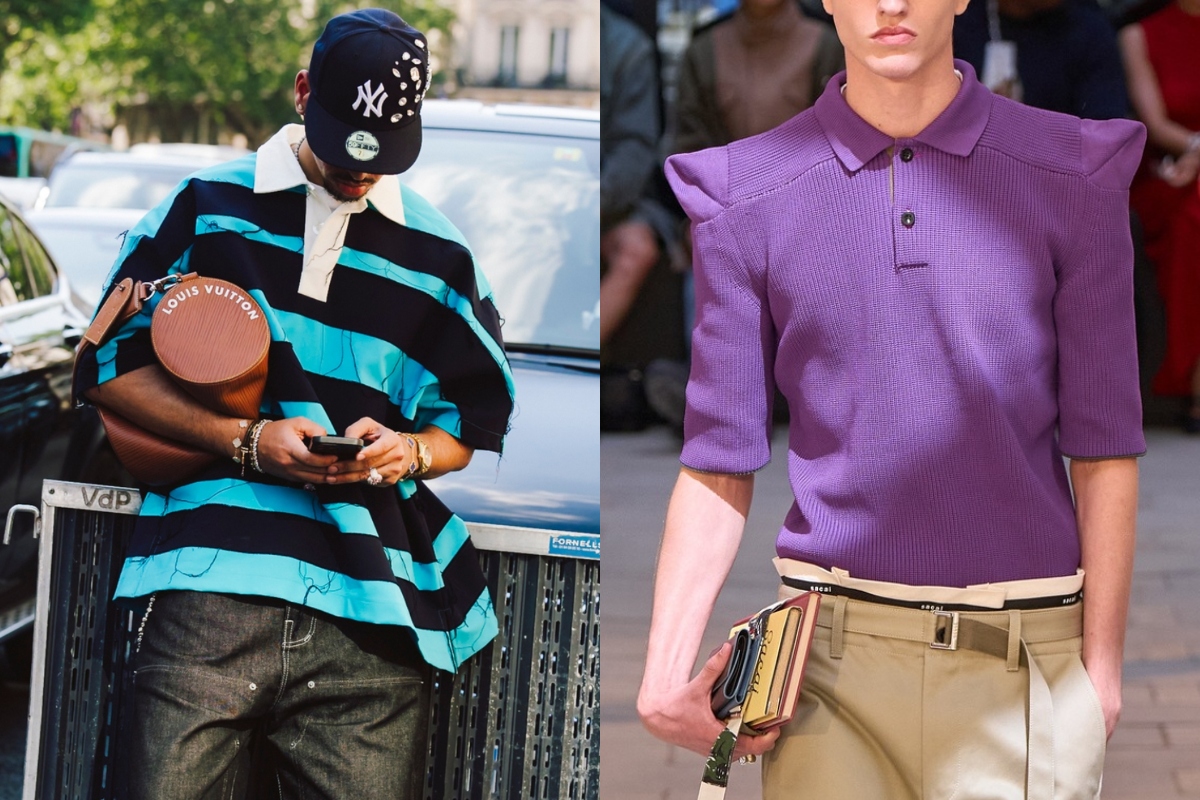Putting the YOU in Uniform.
Spencer Badu is one of those namesake labels that can’t stop popping up in your head. Whether it’s doom scrolling on social media, shifting through the never ending pages on Ssense, or catching some fashion-forward folk on the street, Badu’s work is out here.
The Toronto-based, Ghanaian designer has seen his work ebb and flow from the small town streets of Calgary, Alberta to the backs of rap legends like Skepta, Kendrick Lamar, and A$AP Rocky. Recognized through his unique silhouettes and cuts paired with metropolitan functionality, Badu’s namesake label is more than just cut and sew clothing.
He emphasises the commitments of community in the majority of his work, whether that’s his African heritage or championing his friends who are also making waves in the fashion industry. The journal on his website highlights this notion through the posting of the YOUNIFORM Volumes, which showcase upcoming talent donning his pieces.
PAUSE’s Marcus Mitropoulos recently spoke to Badu, capturing his most profound thoughts, the reality of the design world, and how he had to embrace himself in order to let the brand grow.
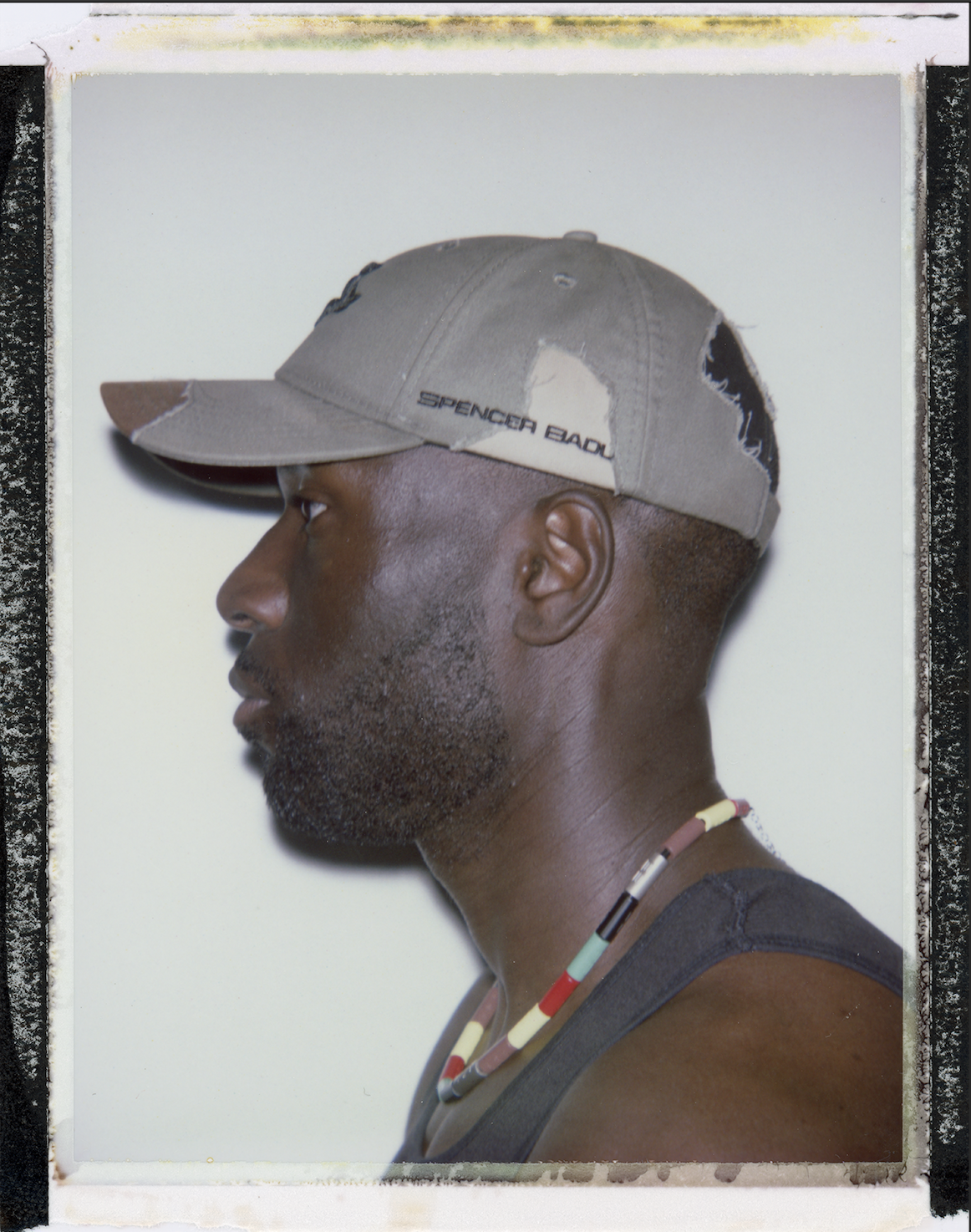
First and foremost, who is Spencer Badu as a person?
So, I am a fashion designer. Born in Toronto, Ontario in Canada. My parents are from Ghana. I also lived in Ghana for a few years… I lived in Calgary as well. That’s actually where I went to fashion school.
I like to say that my work is very autobiographical. I think for the past few years, I’ve been looking at my personal life as a main inspiration for the brand, and also my parents really rooted into this idea of exploring culture as a way of exploring myself with the goal of making a modern uniform.
I know you started the label in 2015. What was going on in your life around then?
Yeah, I think I’ve always been creative and I’ve also always been very ambitious. So at the time, I was currently in school taking a two year diploma at a technical fashion school in Calgary. Funnily enough, I had applied for a fashion competition where the winners would show in Toronto Fashion Week and have a chance of winning a cash prize. And ambitiously, in my first year of school, I applied.
Part of the requirements of this competition were that you had to have a business registered, and I basically made it through to the finals. And I just kind of was like, at this point, I might as well just register the brand. So I kind of went ahead of myself and I incorporated the name. Obviously, I did not know what I was getting myself into, but it just felt right.
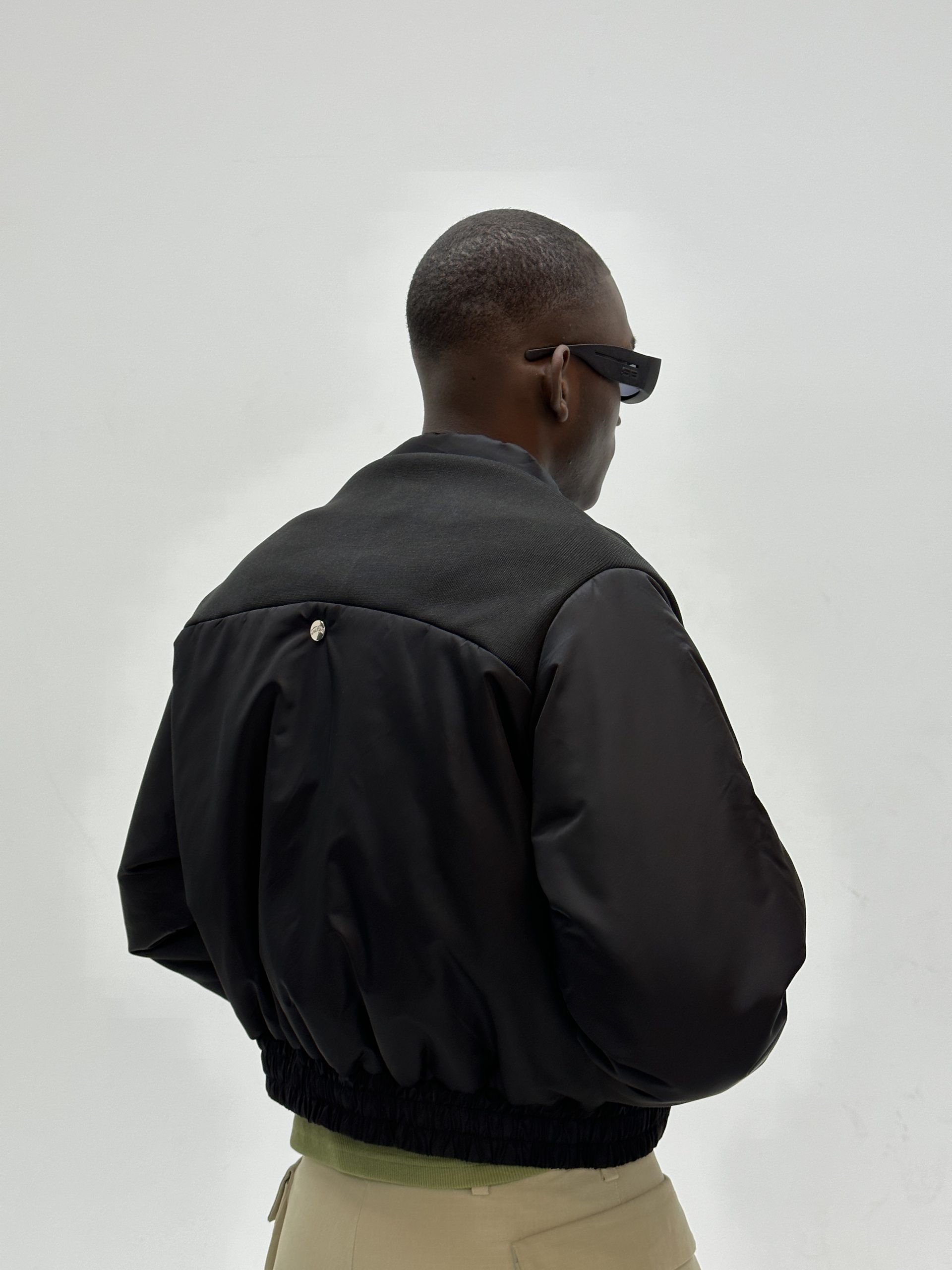
How did living in Brampton – a city just outside of Toronto – shape you both as a person and as a designer?
Obviously, there’s a certain sense of familiarity, because you have relatives and people from the same country. So I was definitely confronted with a lot of culture, which was really nice.
I think something that definitely inspires – or just influences me – is this level of curiosity and also finding the common thread between different cultures. Because I think that there tends to be a lot of common threads that I think we don’t always realise. I think it’s easy to kind of, you know, think of the differences and isolate ourselves, but I think there’s so many commonalities that we have amongst each other.
In what ways did moving to Toronto inform your design language?
I think the way we dress in Canada is very practical, very pragmatic. And I think for me, with everything I design, I think there’s always a certain sense of usefulness that comes with what I make. I do believe in creativity for creativity’s sake, but I think everything I make, I’m kind of thinking of who is going to wear it and when they’re going to wear it. You know, one thing about Toronto style is that it’s very expressive, but to a certain point, you know.
I think in other cities, people do a really good job of just putting on their best outfit and going about their day. Where, I think for Toronto, whether it’s the weather, or just the lifestyle, I think people want to look good, but they’re also considering the functionality and use of it. I think that’s been something I bring into my work all the time, is this idea of function and usefulness and durability.
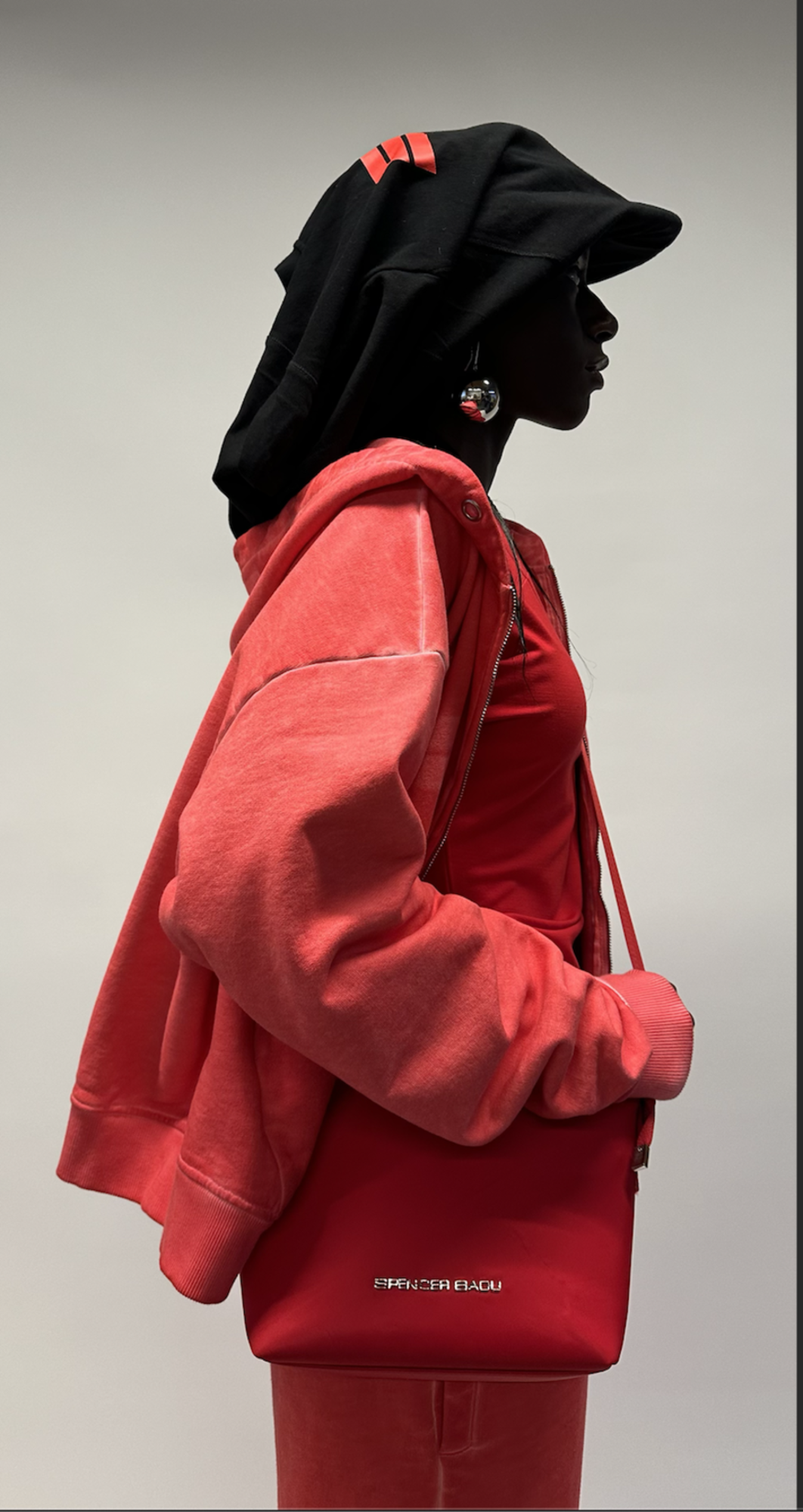
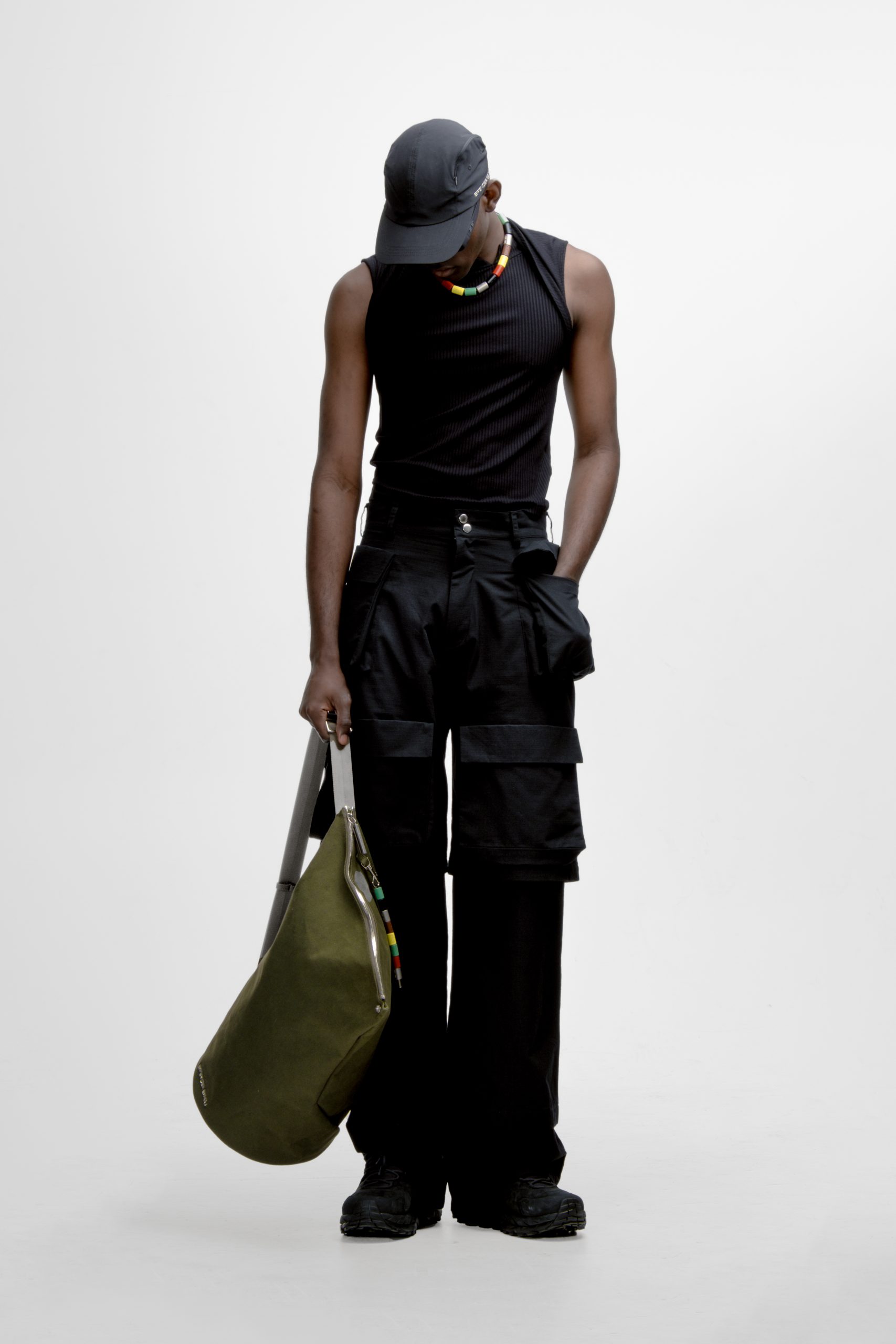
One conversation I tend to have with a lot of people from Toronto is that in other parts of the world, they have this you scratch my back, I’ll scratch yours mentality, and it’s lost in Toronto. Did you ever feel that while you were growing your brand?
Yeah, I think in every city, in every industry, there’s people who want to be opportunists. I do think that there’s maybe a truth to people being more opportunistic in Toronto or in other smaller cities, but I think that’s a reflection of the lack of resources. I think when you’re in a city like New York, where their budgets are probably 10 times the size of a city like Toronto, and there’s just a lot more to go around, I think people are more willing to help each other, because there’s just less of a scarcity mindset.
Where I feel like in cities like Toronto, at times, obviously, I wouldn’t say that’s a thing that I experience all the time, but I think at times there’s a bit more of a scarcity mindset, because people are kind of just not really secure on the next opportunity.
Can you pinpoint one collection or piece that really spurred the brand forward?
I think I can kind of break it down to two phases. So, prior to the brand being named Spencer Badu, it was named SP Badu, which was just like an abbreviation of the name. And at the time, it was the name I created when I was in school. I kind of felt like there was a bit of a distance between myself and the brand. It kind of felt like the brand was more or less just like a moniker.
So, the first step was to be a bit more vulnerable. And that first step was by putting my full name as a brand. And then after that, I think the pandemic hit, and then basically, we’re in a situation where, you know, like anyone else, we’re sitting at home thinking about the future of the brand and the kind of direction we’ve been going in and, you know, the things you want to change. And I think for me, it was really important to just be more vulnerable and just put myself out there.
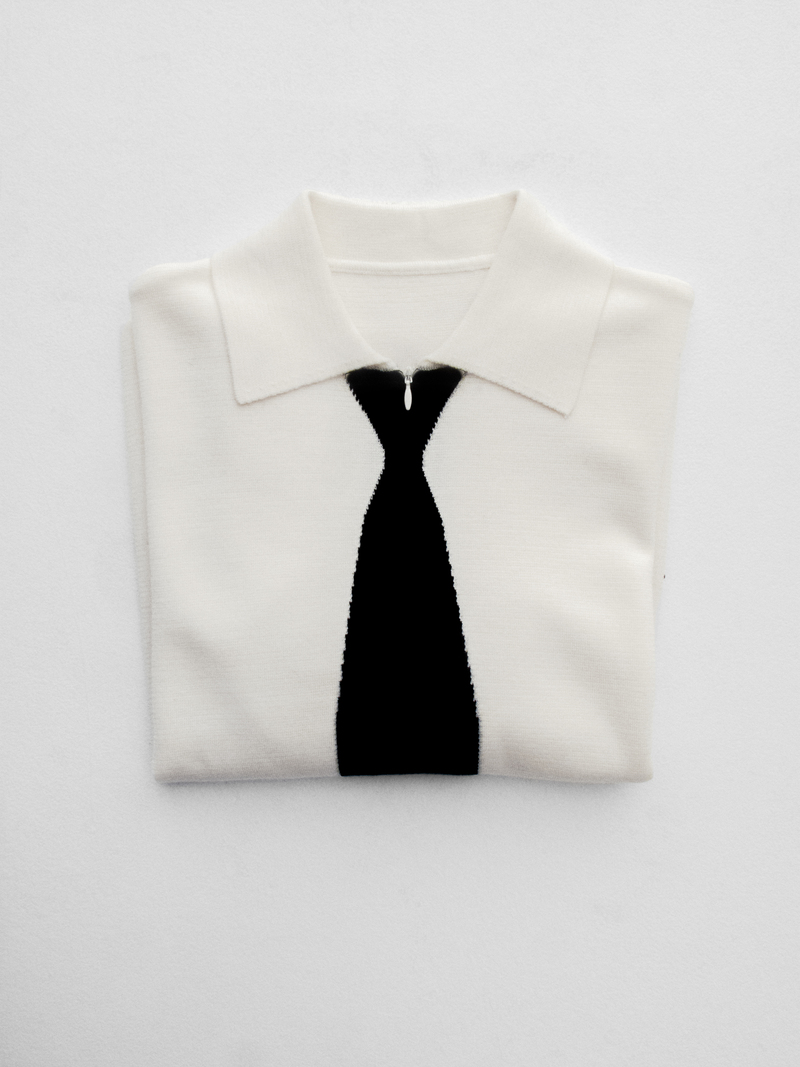
And, because I went to a technical school, I think I’ve always had an opinion on the technicalities of the clothes and the details, but I felt like there was something missing, that kind of human aspect and storytelling. So that’s when I started to really lean into my personal life, my Ghanaian heritage and these different things. And I think you probably start to see that from the collections from 2021, 2022 onward.
Then I think obviously during that time, there were also a lot of spotlights being shed on black designers, so I think I definitely had a platform where people can really see my clothes.
Community is a term that the brand often uses in its campaigns and when they’re championing local models, stylists, et cetera. How integral was it for the brand to develop that family-like community feel?
Well, I think when it comes to community, they were the first supporters, and they, more or less, validated my work before anyone in the industry did, or any celebrity did. And I think there’s something to be said about the people that generally support you.
You know, I love fashion. But I think the thing with fashion is that we all know that as a designer, one day you’re in and another day you’re out. There’s a revolving door of exciting talent. And I think sometimes people can spend their whole life trying to get to the point where they get seen or recognised. I don’t know, maybe that sounds a bit negative, but I’ve seen that to be true.
I definitely don’t think we’ve reached that point where we’re the brand that everyone’s talking about. But I think, for me, community has been a big part, because they’ve just always been a supporter. And beyond support, I think it allows the brand to be rooted in something. My community is not only supporters, but I also look to my community for a lot of things. We’re looking at our community, and we’re thinking about our community when we’re making the clothes. These are the people and things we’re considering, and the scenarios we’re considering, you know, they’re giving us real time feedback.

